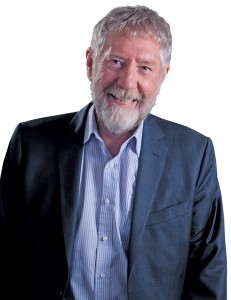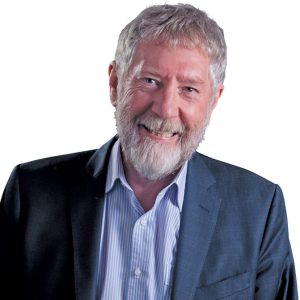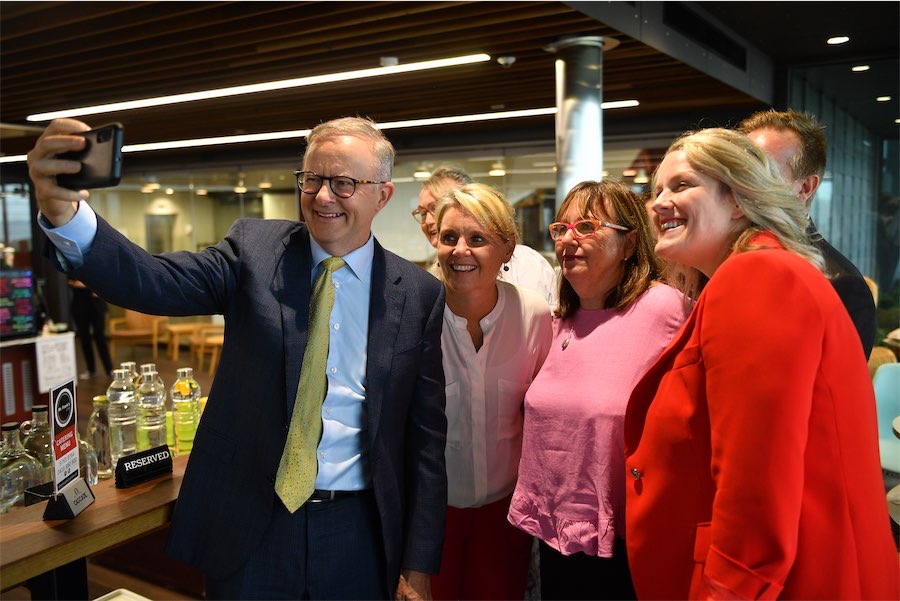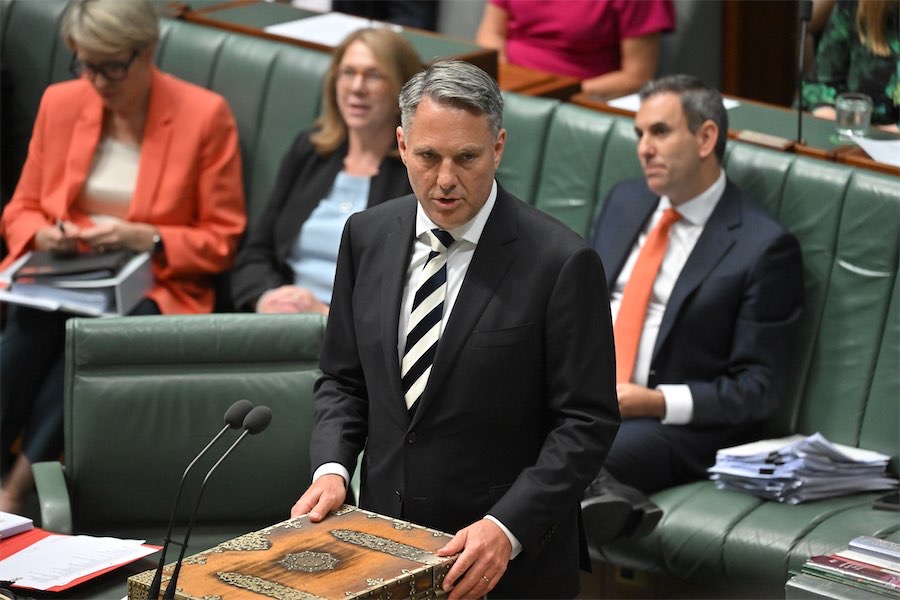Provided it isn’t hijacked by self-interest, a new health initiative has the potential to take Canberra to the highest possible level of wellbeing in the world. Not a bad goal, says MICHAEL MOORE.
FINALLY, a breath of fresh air from the ACT government. The quiet launch of a process to provide wellbeing indicators for the ACT offers a new approach to governing the territory.

The Chief Minister, Andrew Barr, has moved beyond the raw economic figures to measure what is really important for Canberrans: our health and wellbeing.
Wellbeing indicators are not a new idea in the international arena. NZ has just adopted its first Budget using this approach and the OECD has used very broad indicators for some time.
However, as Australian governments have become more and more conservative, the focus has been on the economy. The Prime Minister, Scott Morrison, did not even talk about other countries at the G20 meeting – he constantly referred to “other economies”.
On an international scale, Canberra does well on such indicators and receives the top score in Australia. So much for Melbourne being the “most liveable city” (as Melburnians love to rub in). Indeed, on measures such as Employment, Safety, Environment and Civic Engagement Canberra scores full marks – 10 out of 10.
The 10 out of 10 for Civic Engagement rings a warning bell on how these indicators need to be measured. The OECD is looking at measurable indicators worldwide and for this measure they take existing information. In this case they look at voter turnout. With the level of education and socio-economic status in Canberra along with compulsory attendance at the polling booth (I cannot bring myself to call it compulsory voting) we can hardly consider this a good measure.
The taskforce that the Chief Minister has assembled to conduct how to put these indicators together was quick to point out the importance of considering such issues at the first community consultation. There will be other focus groups followed by a broader consideration.
There have been plenty of pseudo consultations where governments have already made up their minds and go through a façade of consultation. In this case, the government taskforce set the aim and then sought understanding of what would work, what would be pertinent to the Canberra community, and most importantly, what would be measurable.
However, the real test of wellbeing indicators will be around how government implements the approach. NZ has built its Budget around its indicators in the hope of delivering a healthier NZ. Just how seriously these indicators are taken by government will not be known until measures of the indicators are adopted and become part and parcel of budgeting, annual reports and the estimates process.
Until now there has been one major indicator – economic growth. It should remain. However, provided there are meaningful measures we should look for better outcomes in terms of issues such as equity, health, education, housing, community engagement, gender equity and environment. The system should be based on a hierarchy with a relatively small number of high level indicators with a wider remit for the next level down.
The UN has been able to narrow a healthier and more sustainable world by 2030 through 17 sustainable development goals. They certainly form a good starting point for considering what will be important for the ACT. However, ACT-specific indicators will need to focus on what is different about our bush capital, how to protect our heritage, ensure appropriate planning and facilitate a safe, caring community that values the key elements of what makes Canberra Canberra.
The process has commenced appropriately. Let’s hope the taskforce appointed by the Chief Minister can keep it on track. The goal over the next six months is “to have a ‘community’ conversation and a collection of individual thoughts and ideas because, to be meaningful as a reporting and decision-making framework, the indicator set we develop should be of manageable size to discern the key areas of progress and need”.
The early stages of this process bode well for a significant change in approach by government. Provided it does not get hijacked by self-interest, the approach does have the potential to take Canberra to the highest possible level of wellbeing in the world. Not a bad goal.
Michael Moore is a former member of the ACT Legislative Assembly and an independent minister for health. He has been a political columnist with “CityNews” since 2006.
Who can be trusted?
In a world of spin and confusion, there’s never been a more important time to support independent journalism in Canberra.
If you trust our work online and want to enforce the power of independent voices, I invite you to make a small contribution.
Every dollar of support is invested back into our journalism to help keep citynews.com.au strong and free.
Thank you,
Ian Meikle, editor





Leave a Reply